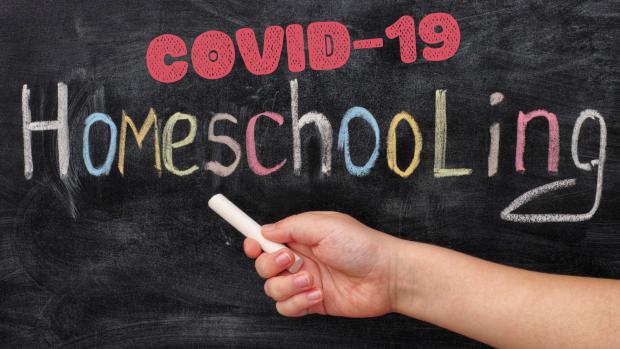
Breaking News
 Why Dual Engine Failure Changes Everything -- Louisville Crash Update
Why Dual Engine Failure Changes Everything -- Louisville Crash Update
 Transforming Storage Shelf / Workbench - Small Space Organization
Transforming Storage Shelf / Workbench - Small Space Organization
 Our 3-Step Strategy for a Stress-Free Pantry
Our 3-Step Strategy for a Stress-Free Pantry
 BEHIND THE DEEP STATE | The War on Farms
BEHIND THE DEEP STATE | The War on Farms
Top Tech News
 HUGE 32kWh LiFePO4 DIY Battery w/ 628Ah Cells! 90 Minute Build
HUGE 32kWh LiFePO4 DIY Battery w/ 628Ah Cells! 90 Minute Build
 What Has Bitcoin Become 17 Years After Satoshi Nakamoto Published The Whitepaper?
What Has Bitcoin Become 17 Years After Satoshi Nakamoto Published The Whitepaper?
 Japan just injected artificial blood into a human. No blood type needed. No refrigeration.
Japan just injected artificial blood into a human. No blood type needed. No refrigeration.
 The 6 Best LLM Tools To Run Models Locally
The 6 Best LLM Tools To Run Models Locally
 Testing My First Sodium-Ion Solar Battery
Testing My First Sodium-Ion Solar Battery
 A man once paralyzed from the waist down now stands on his own, not with machines or wires,...
A man once paralyzed from the waist down now stands on his own, not with machines or wires,...
 Review: Thumb-sized thermal camera turns your phone into a smart tool
Review: Thumb-sized thermal camera turns your phone into a smart tool
 Army To Bring Nuclear Microreactors To Its Bases By 2028
Army To Bring Nuclear Microreactors To Its Bases By 2028
 Nissan Says It's On Track For Solid-State Batteries That Double EV Range By 2028
Nissan Says It's On Track For Solid-State Batteries That Double EV Range By 2028
Covid-19 Pandemic Pushes More Parents to Go All-In for Home Schooling

As parents grow increasingly frustrated with remote learning during the pandemic, some are deciding to pull their children out of school and try teaching on their own.
In North Carolina, the state's home-school monitoring website crashed on the first day of enrollment, and more than 18,800 families filed to operate a home-school from July 1 to Jan. 22—more than double the school-year before, according to the state Division of Non-Public Education. In Connecticut, the number of students who left public schools to be home-schooled jumped fivefold this school year, to 3,500. In Nebraska, the number of home-schooled students jumped 56%, to 13,426, according to state education officials.
"The vast majority [of parents] are saying, 'We've been really trying to do what the schools are asking us to do, but we just can't do this anymore,' " said J. Allen Weston, executive director of the National Home School Association, which has been fielding inquiries on the topic.
Home schooling in the U.S. has accounted for a small portion of all schooling since the 1970s, but it has been growing from a traditional base of education reformers and religious conservatives to families worried about issues such as bullying and violence. Home schooling represented 3% of students nationally in 2016, the latest figures available, compared with 88% for public and charter schools and 9% for private schools, according to the National Center for Education Statistics.
But as the coronavirus pandemic upends the school year, data from several states shows, more parents decided for practical reasons to take control of their children's curriculum and schedule.

 Carbon based computers that run on iron
Carbon based computers that run on iron

